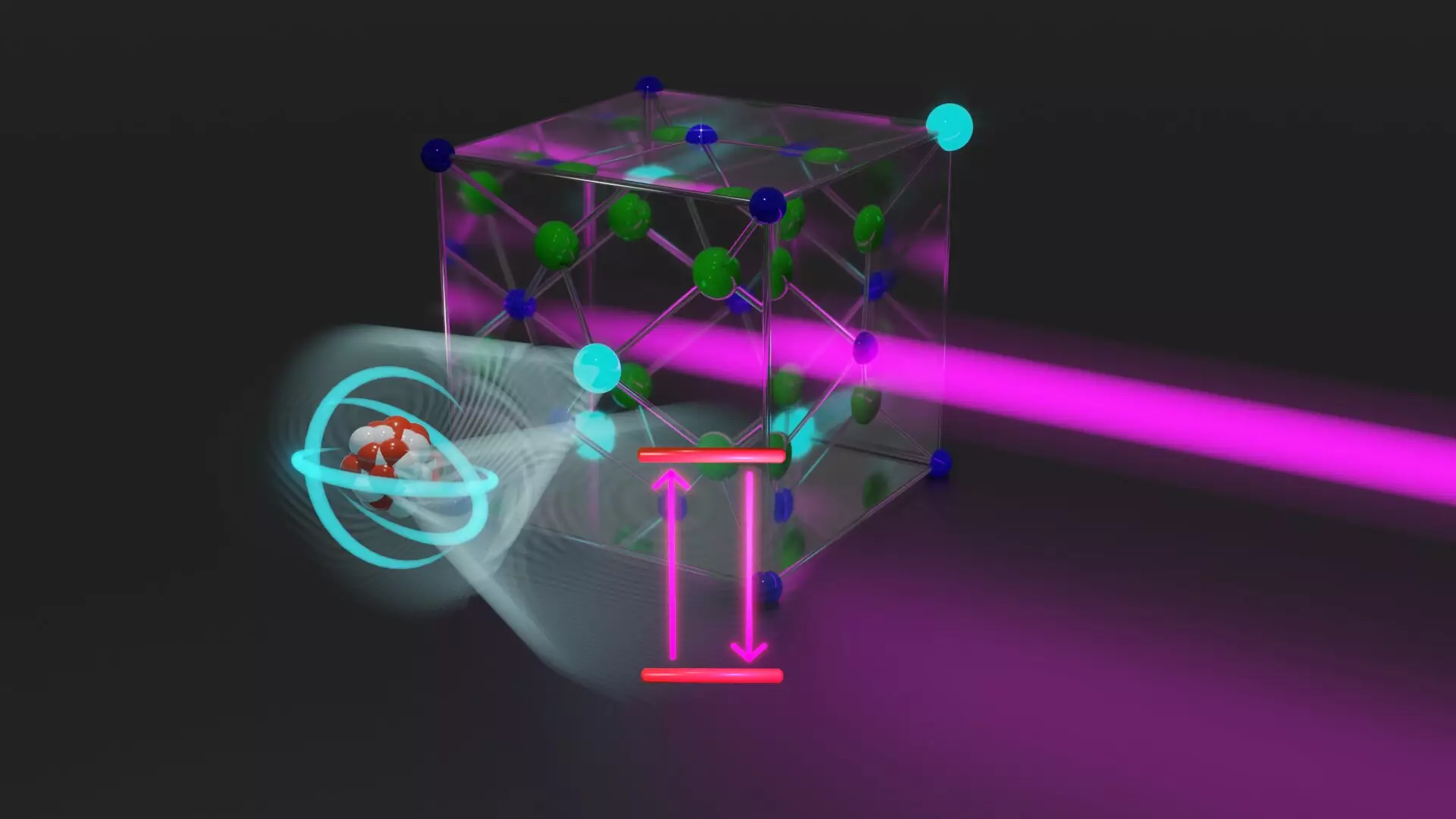Physicists have long been on the quest to discover a specific state of thorium atomic nuclei that holds the promise of groundbreaking technological applications. This anticipated breakthrough would not only enable the development of a nuclear clock capable of measuring time with unparalleled precision but also facilitate the exploration of new frontiers in physics. Now, after years of relentless efforts, this hope has finally materialized as the elusive thorium transition has been identified, unveiling its precise energy. The ability to employ a laser to elevate an atomic nucleus to a higher energy state and precisely monitor its return to the original state has bridged the realms of classical quantum physics and nuclear physics. This monumental achievement was made possible by the development of specialized thorium-containing crystals by a collaborative research team led by Prof. Thorsten Schumm from TU Wien and a team from the National Metrology Institute Braunschweig (PTB).
While the manipulation of atoms and molecules with lasers has become a common practice in modern science, the intricate nature of atomic nuclei has posed a significant challenge in applying these techniques to them. Unlike electrons in an atom or molecule, atomic nuclei typically require significantly higher energy to transition between quantum states, making laser manipulation seemingly unattainable. This limitation is particularly disheartening considering that atomic nuclei are ideal quantum objects for precise measurements due to their minute size and inherent resistance to external influences like electromagnetic fields.
Thorium-229 has stood out as a potential candidate for laser manipulation due to its closely adjacent energy states, a characteristic that sets it apart from other atomic nuclei. The proximity of these states suggests that a laser could induce a state change in the thorium nucleus. However, the challenges lay in determining the precise energy of this transition, which is critical for its successful manipulation using a laser. The meticulous search for the thorium transition was akin to finding a needle in a haystack or uncovering a hidden treasure on a vast island, demanding unprecedented precision.
After years of rigorous experimentation and innovative approaches, the research team led by Prof. Schumm achieved a historic breakthrough on November 21, 2023. By utilizing crystals with a vast quantity of thorium atoms, the team was able to simultaneously target an immense number of thorium nuclei with a laser beam, significantly enhancing the probability of detecting the energy transition. This collective effort culminated in the successful induction of the thorium transition, marking a pivotal moment in the field of physics.
The newfound ability to manipulate the thorium nuclear state opens up a myriad of possibilities for revolutionary advancements in various domains. The development of an atomic clock based on the oscillation of light facilitating the thorium transition promises time measurement accuracy beyond the capabilities of current atomic clocks. Moreover, this technology holds the potential to revolutionize the analysis of Earth’s gravitational field, offering insights into mineral resources and seismic activity. Furthermore, this breakthrough could pave the way for unraveling fundamental mysteries of physics by probing the constancy of nature’s constants and detecting minute variations over time.
The discovery of the thorium transition represents a watershed moment in the realm of physics, heralding a new era of precision measurements and cutting-edge technologies. The collaborative efforts of researchers have not only unlocked the potential of thorium nuclei but also opened doors to uncharted territories in science and technology. The implications of this breakthrough are far-reaching and underscore the boundless possibilities that await exploration in the fascinating world of quantum physics and nuclear research.


Leave a Reply